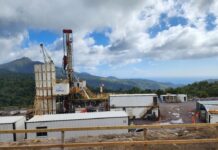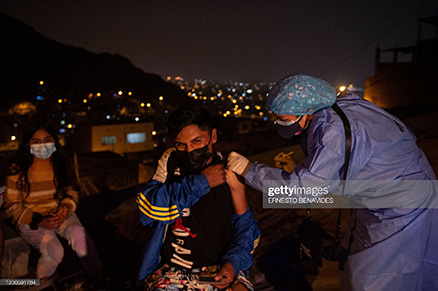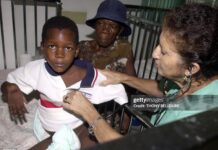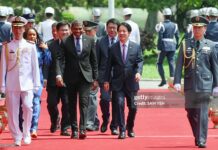By Ignacio Munyo
News Americas, Montevideo, Uruguay, Tues. Nov. 16, 2021: Latin America has been the most affected region by the COVID-19 pandemic, suffering both the strictest lockdown measures and the deepest economic activity contraction in 2020. However, the recent revision of growth forecasts indicates that 2021 will be better than expected.
This performance is driven by a favorable context of external factors that affect the domestic business cycle fluctuations. This is particularly relevant for South America, a region that strongly benefits from high commodity prices and low global interest rates.
On one hand, the region is characterized by a productive structure based on natural resources. Around 30 percent of its exports are food-related products, 20 percent of metal, and 10 percent of mineral fuels and oils.
On the other hand, not only has South America struggled to generate savings, the region finds it difficult to channel them into investment spending. Gross savings represent 17 percent of GDP in South America, compared to 23 percent among high-income countries. As a result, economic activity has become highly dependent on the evolution of international interest rates, which affect foreign direct investment, financial investments and loans, and public debt financing. In fact, South America exhibits the highest correlation between economic activity and both global interest rates and commodity prices among all emerging regions in the world.
In a recent report of the ATLAS’ Center for Latin America and CERES, we developed an External Factors Index that measures the tailwinds South American economies currently face. Based on its historical performance, current levels of our Index suggest that South America’s economies are encountering favorable external conditions. The highest value of the Index was registered in 2004, and the lowest in 1999. Regarding the stages of the business cycle in South America, booms (1991-97 and 2004-14) and busts (1998-2003 and 2015-19) are in line with stages depicted in favorable and unfavorable external contexts, respectively.
Yet, South America faces historical obstacles to development, which are critical in the current automation process. To sustain growth in the long run, the region needs structural reforms to improve human capital—most notably, improvements to educational performance.
Not only did South America already suffer from educational backwardness, but the situation was also worsened by COVID-19, with the strictest school closing—both in terms of measures and time. According to the OECD PISA 2018 test, the region exhibits the highest proportion of students with insufficient levels (43 percent) in the three areas that are tested (reading, mathematics, and science). Oxford University’s Lockdown Stringency Index, meanwhile, indicates that countries in the region responded to the pandemic with the strictest school closing measures.
Considering the 365 days that follow the moment the pandemic started in each country, schools in South America were closed for, on average, 268 days—73 percent of the time considered. As for the world’s other regions, they had their school closed for 30 to 52 percent of that first year dealing with the COVID-19 pandemic.
In a region characterized by social unrest, the postponed agenda of educational reform must be managed carefully to maintain social peace. In 2019, several violent street manifestations took place: Guatemala in January; Brazil and El Salvador in May; Costa Rica, Honduras, and the Dominican Republic in June; Paraguay in July; Mexico in August; Argentina and Peru in September; Chile and Ecuador in October; Colombia and Panama in November, and all year in Nicaragua. The growing social unrest expressed in the protest wave of 2019—forced to go dormant during confinement—reappeared by the end of 2020, motivated by the economic and health-related effects of COVID-19.
Therefore, required educational reforms are very difficult to implement. Not only do they go hand in hand with a deeper ideological discussion, but they also affect status-quo private interests.
The volatility of the electoral calendar only makes reform more difficult. Data show that a strong negative correlation between the number of deaths caused by COVID-19, the strictness of mobility measures, and voting for the ruling party. On average, in the elections that determined a shift for the opposition, the average daily number of deaths (until the election) was more than three times higher than in governments where the ruling party remained in power. strictness of mobility measures Moreover, countries whose government implemented strong mobility restrictions experienced populations penalizing the government with their vote.
Looking ahead, external factors are on South America’s side. Short-run growth is now positively influenced by historically low global interest rates and the international pricing of foods and metals.
However, local policymakers cannot get complacent. Across the LAC region, structural reforms are needed. The quality of human capital must be strengthened. Education needs to improve.
LAC policymakers need to think long-term, and act accordingly. Short-run economic factors are fleeting, but educational reform lasts for decades.
EDITOR’S NOTE: Ignacio Munyo is Executive Director of CERES (Uruguay) and Professor of Economics at IEEM Business School, University of Montevideo, Uruguay.










